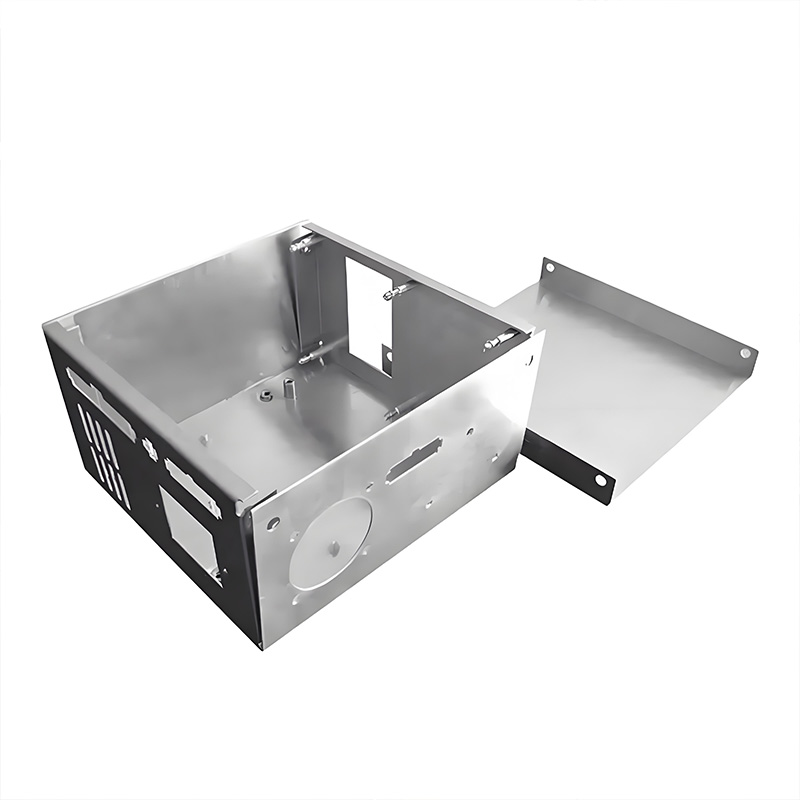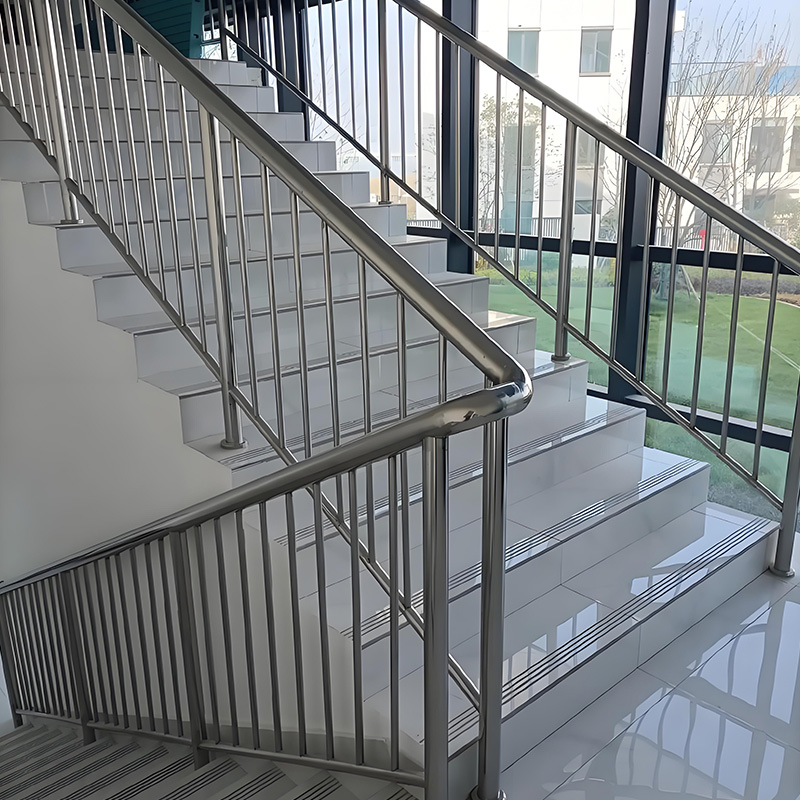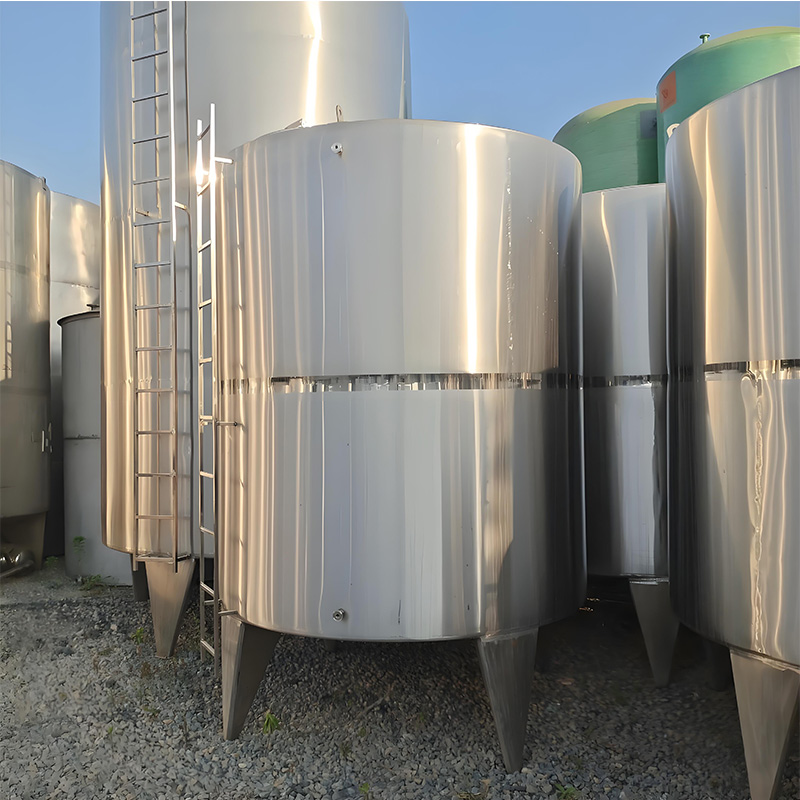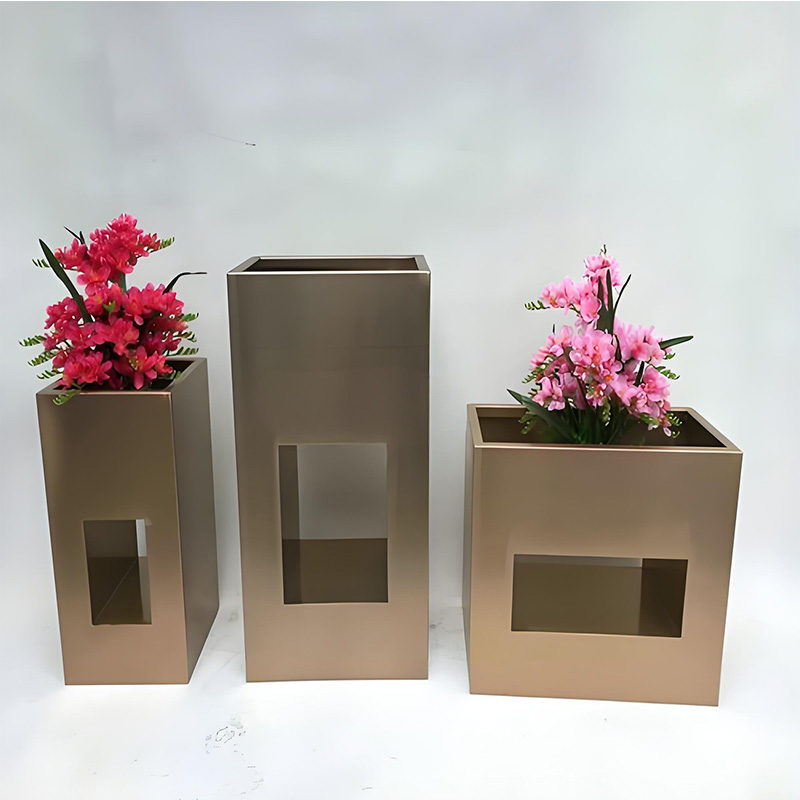Sheet Metal Enclosure Design Services: 5 Proven Solutions for Your Hardware

Ever struggled with overheating electronics or costly manufacturing reworks? Effective sheet metal enclosure design services solve these headaches. Here are 5 battle-tested strategies.
Challenge 1: Balancing Cost and Complexity
Solution: Prioritize DFM (Design for Manufacturability)
Overly complex bends or tight tolerances skyrocket costs. Expert sheet metal enclosure design services apply DFM principles early. For instance, specifying standard bend radii avoids custom tooling. A 2023 ASME study showed DFM-focused designs reduced production costs by 18-25% on average . We once saved a client 30% by simplifying internal brackets.
Challenge 2: Thermal Runaway in Sealed Units
Solution: Strategic Ventilation & Material Science
Passive cooling is often overlooked. Smart vent patterns combined with thermally conductive materials (like specific aluminum alloys) dissipate heat efficiently. Interestingly, adding targeted vents can lower internal temps by 15°C without fans . Our team’s 2025 IoT sensor project used this approach, achieving 20% longer component life.
Challenge 3: EMI/RFI Interference
Solution: Shielding Integration & Grounding Schemes
Electromagnetic compatibility (EMC) is non-negotiable. High-quality sheet metal enclosure design services incorporate RF gaskets, conductive coatings, and proper seam design. A common mistake? Grounding points placed randomly. Centralized star grounding reduces noise by up to 12dB according to IEEE standards.
Challenge 4: Scaling Production Efficiently
Solution: Modular Design Architecture
Need variants for different markets? Modular enclosures allow swapping front panels or internal mounts without full redesigns. This cuts development time by 40% for batch production runs. Partnering with a prototype-to-production service like CNC Lathe Parts ensures seamless scaling.
Challenge 5: Aesthetics vs. Durability
Solution: Advanced Surface Finishing Techniques
Powder coating isn’t your only option. Brushed finishes hide scratches, while anodizing adds corrosion resistance. For outdoor gear, we’ve seen textured coatings increase grip and reduce visible wear by 60% over 3 years.
Traditional vs. Optimized Enclosure Design
| Feature | Traditional Design | Optimized Design |
|---|---|---|
| Material Usage | Excessive (15-20% waste) | Nesting optimized (<5% waste) |
| Assembly Time | High (multiple fasteners) | Reduced (snap-fit features) |
| EMC Performance | Requires add-on shields | Integrated in structure |
5-Step Implementation Guide
- Define Requirements: List environmental (IP rating), thermal, and EMC needs.
- Material Selection: Choose steel for strength or aluminum for weight/thermal needs.
- 3D Prototyping: Test fit and function early with folded paper or 3D prints.
- DFM Review: Have your manufacturer audit the design before tooling.
- Pilot Run: Produce 50 units minimum to catch assembly line issues.
Pre-Production Checklist
Tested EMI gasket compression force
Confirmed tooling clearance for all flanges
Validated thermal model with real-world testing
Included service access points









